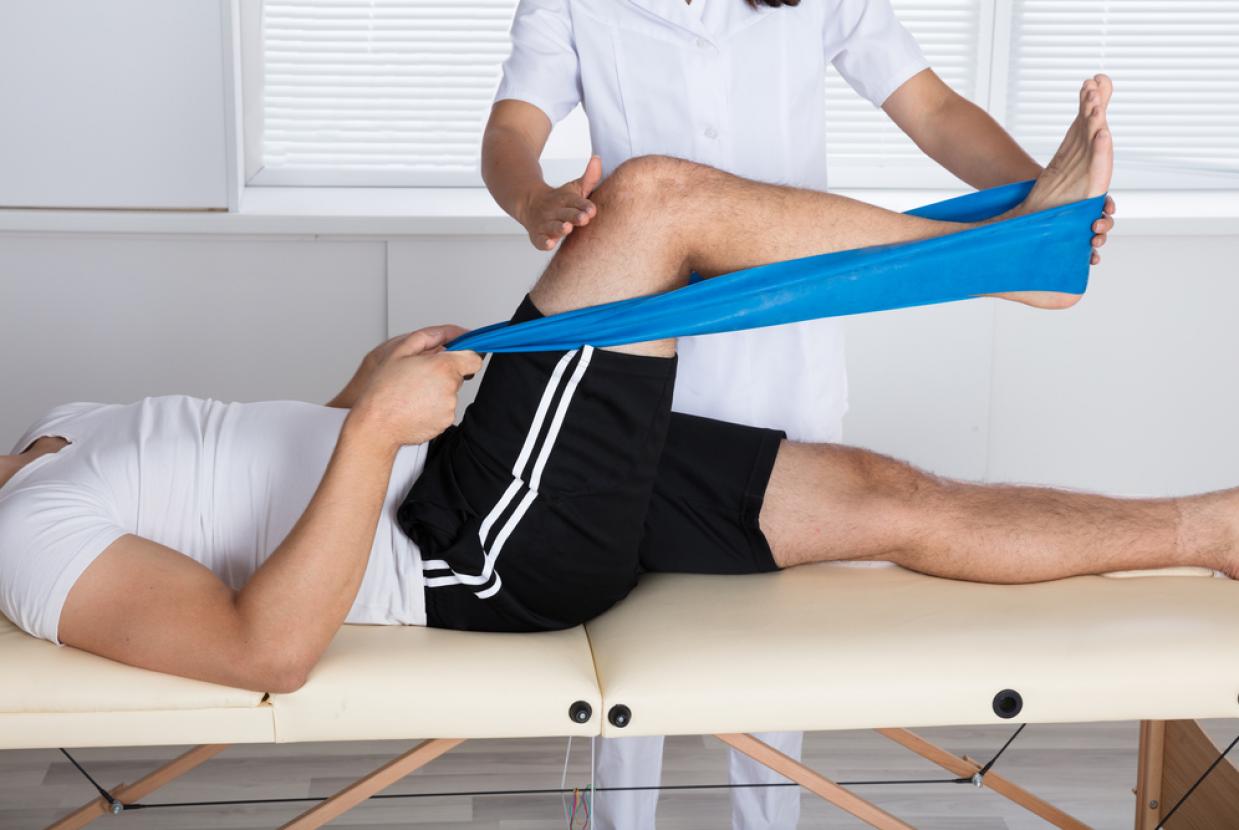Getting A Diagnosis
It’s important to get an accurate diagnosis if you think you have arthritis, as different types of arthritis often need very different treatments. The diagnosis of osteoarthritis is usually based on:
- your symptoms – how and when they started, how they’ve developed, how they affect your life, and any factors that make them better or worse
- a physical examination – your doctor will check for:
- tenderness over the joint
- creaking or grating of the joint – known as crepitus
- bony swelling
- excess fluid
- restricted movement
- joint instability
- weakness or thinning of the muscles that support the joint.
What tests are there for osteoarthritis?
There’s no blood test for osteoarthritis, although your doctor may suggest you have them to help rule out other types of arthritis. X-rays aren’t usually helpful in diagnosing osteoarthritis, although they may be useful to show whether there are any calcium deposits in the joint.
In rare cases, an MRI scan of the knee can be helpful to identify other possible joint or bone problems that could be causing your symptoms.
Should I see a specialist?
It’s unlikely that you’ll need to see a specialist to get a diagnosis of osteoarthritis, although your doctor may refer you if there’s some doubt about the diagnosis or if they think there might be additional problems.
Your doctor may refer you if specialist help is needed to manage your osteoarthritis – this might be for physiotherapy, podiatry for foot problems, or occupational therapy, which can help if you’re having difficulty with everyday activities.
If your arthritis becomes severe and is causing long-term problems, your GP may refer you to an orthopaedic surgeon to consider joint surgery or to a pain management programme.





























































